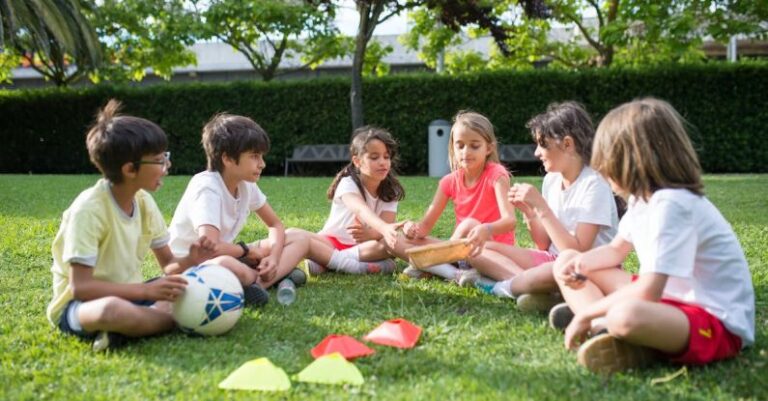
Encouraging Creative Play Among Children
Children have an innate ability to be imaginative and creative, and as adults, it is important to nurture and encourage this aspect of their development. Creative play not only fosters a child’s creativity and imagination but also enhances their cognitive, emotional, and social skills. In a world filled with digital distractions, it is crucial to provide children with opportunities for unstructured play that allows them to explore, create, and invent. Here are some effective ways to encourage creative play among children.
Creating a Stimulating Environment
Setting up a stimulating environment is key to fostering creative play among children. Provide them with open-ended toys such as building blocks, art supplies, dress-up clothes, and musical instruments that allow for endless possibilities and encourage imagination. Designate a play area that is free from screens and distractions, where children can immerse themselves in play without interruptions. A well-organized and inviting space will inspire children to engage in imaginative play and exploration.
Encouraging Open-Ended Play
Open-ended play is essential for nurturing creativity among children. Unlike structured activities with predetermined outcomes, open-ended play allows children to use their imagination and creativity to come up with their own ideas and solutions. Encourage children to engage in activities that have no set rules or instructions, such as pretend play, building forts, or creating art. By giving children the freedom to explore and experiment, they develop critical thinking skills and learn to think outside the box.
Incorporating Nature into Play
Nature provides a rich and stimulating environment for children to engage in creative play. Take children outdoors to explore the natural world, whether it’s a trip to the park, a nature hike, or simply playing in the backyard. Nature offers endless opportunities for imaginative play, from building forts with sticks and leaves to creating art with natural materials. Encouraging children to connect with nature not only inspires creativity but also promotes physical activity and a sense of wonder and curiosity.
Supporting Role-Playing Activities
Role-playing activities are a fun and effective way to encourage creative play among children. Provide children with props, costumes, and accessories that allow them to take on different roles and characters. Whether pretending to be a doctor, a chef, or a superhero, role-playing activities help children develop empathy, social skills, and creativity. Encourage children to engage in imaginative play with their peers, fostering collaboration, communication, and problem-solving skills.
Promoting Artistic Expression
Artistic expression is a powerful tool for fostering creativity among children. Provide children with a variety of art supplies such as crayons, markers, paints, and clay, and encourage them to create freely without judgment. Art allows children to express themselves, experiment with different materials, and explore their imagination. Displaying children’s artwork proudly and celebrating their creativity boosts their confidence and encourages them to continue exploring their artistic abilities.
Encouraging Collaboration and Social Play
Collaborative and social play is essential for children to develop their creativity and social skills. Encourage children to engage in group activities such as building a fort together, putting on a play, or working on a collaborative art project. By working together, children learn to communicate, negotiate, and problem-solve, fostering creativity and teamwork. Creating opportunities for children to play and create together not only enhances their social skills but also sparks new ideas and inspiration through shared experiences.
Embracing Mistakes and Embracing Failure
In a world that often values perfection and success, it is important to teach children that making mistakes and experiencing failure are essential parts of the creative process. Encourage children to take risks, try new things, and learn from their mistakes. Emphasize the importance of perseverance and resilience in the face of challenges, and celebrate the process of creativity rather than just the end result. By embracing mistakes and failures as opportunities for growth and learning, children develop a growth mindset that fuels their creativity and innovation.
Conclusion:
Encouraging creative play among children is essential for their overall development and well-being. By creating a stimulating environment, promoting open-ended play, incorporating nature, supporting role-playing activities, promoting artistic expression, encouraging collaboration, and embracing mistakes, parents and caregivers can nurture children’s creativity and imagination. Providing children with opportunities for unstructured play allows them to explore, experiment, and invent, fostering their cognitive, emotional, and social skills. By fostering a love for creative play, adults can help children unleash their full potential and thrive in a world that values innovation and imagination.





